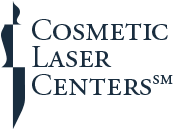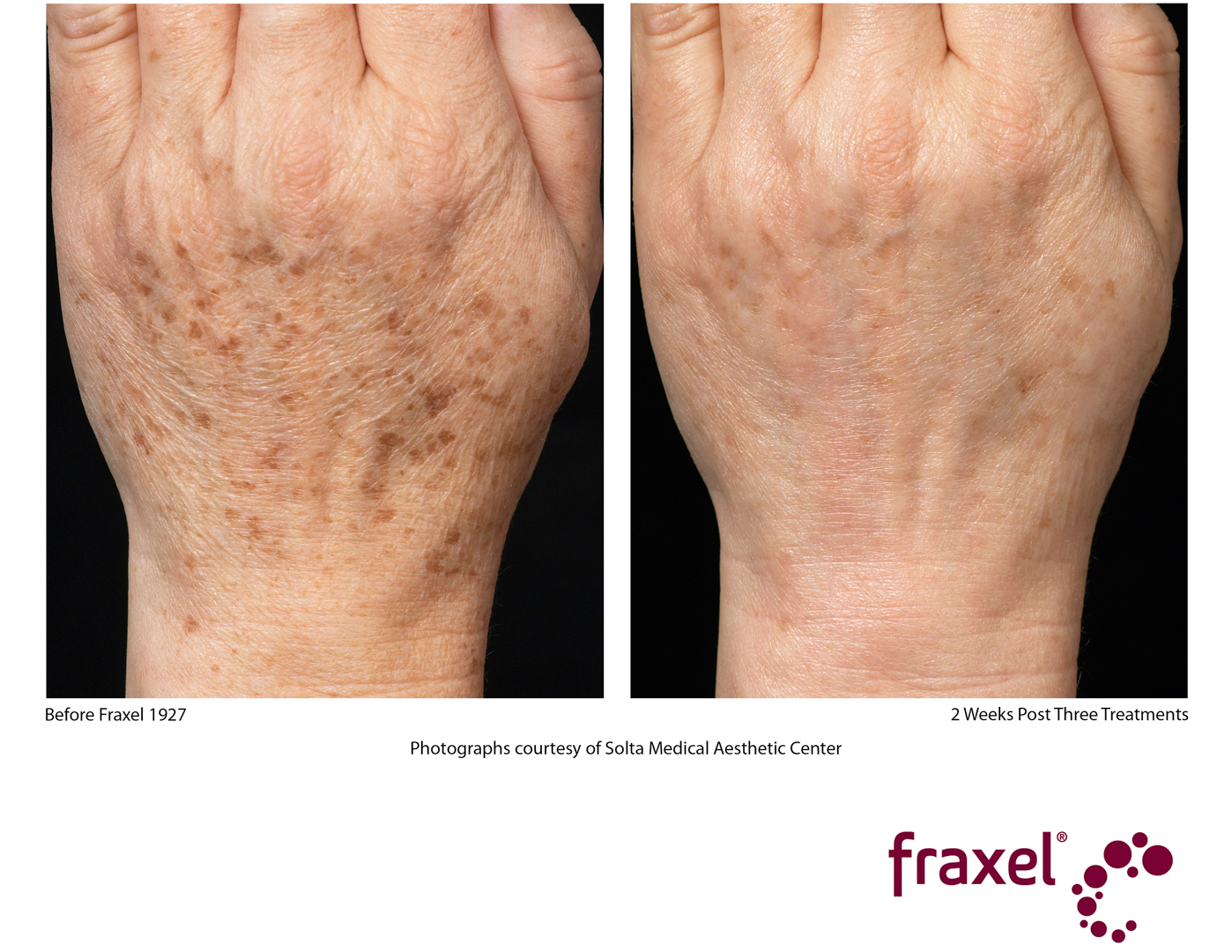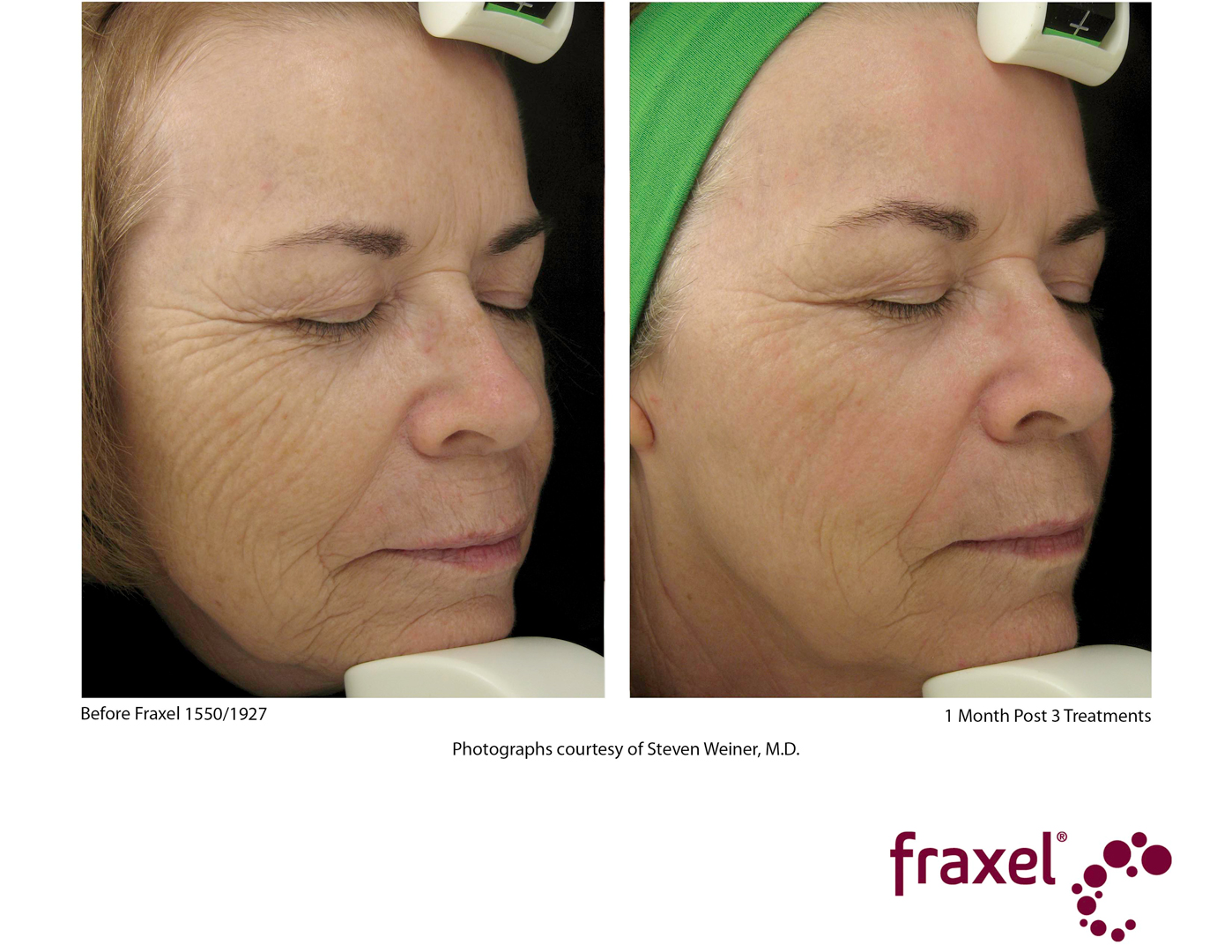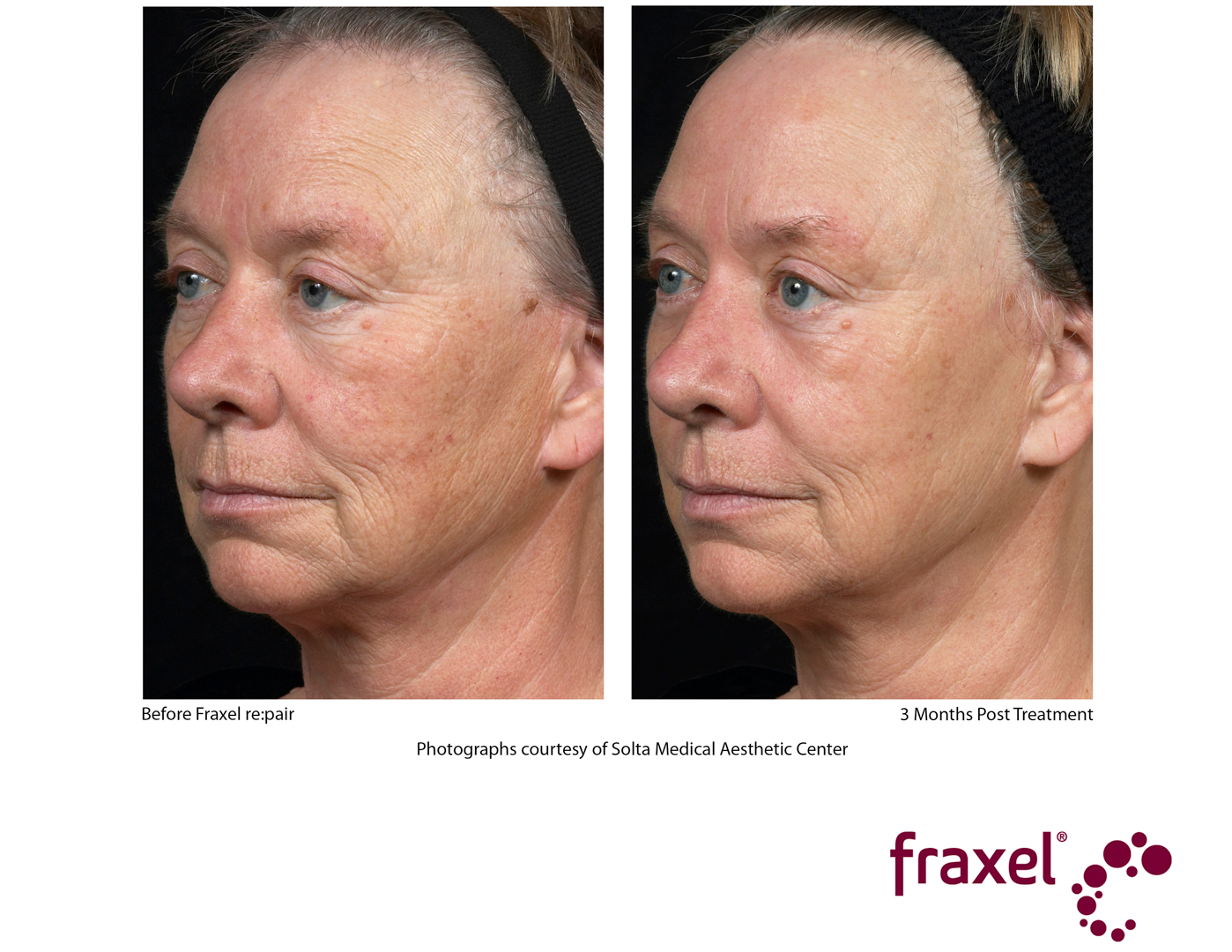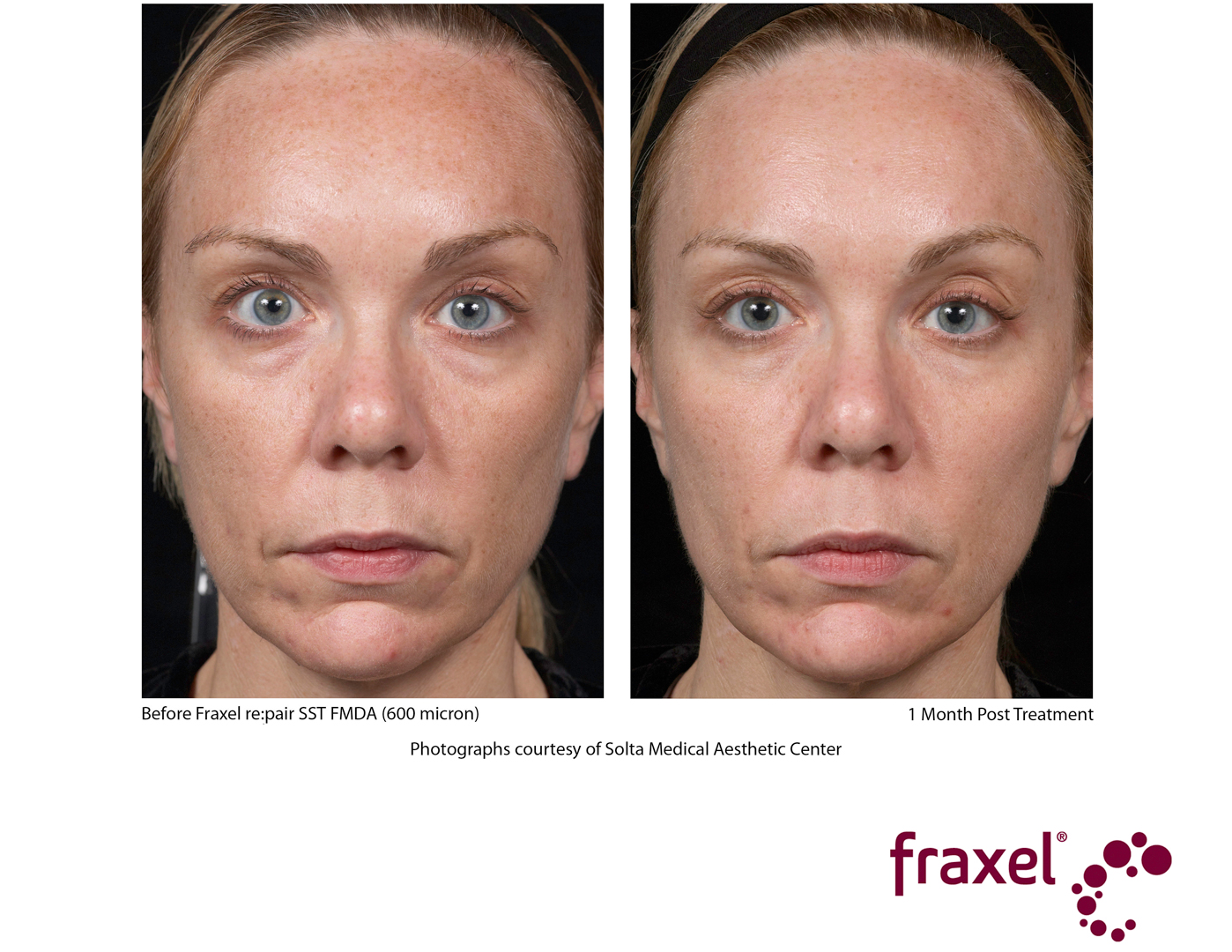
The Technology Behind Treating Wrinkles and Damaged Skin
When it comes to facial rejuvenation and wrinkle reduction, there are a myriad of options available to you. Chances are you’ve already tried more than a few creams and over-the-counter beauty treatments that promised glowing, youthful skin but without the results you were hoping for.
Fortunately, there are treatments available that have a proven track record of helping patients reclaim better skin, one of which is known as fractional laser treatment. For those not familiar, fractional laser treatment is a non-invasive procedure that is used to eliminate common skin flaws due to aging, sun damage, or pigmentation issues.
Who Can Get Fractional Laser Treatment?
One of the big reasons why fractional laser treatment is so popular is because of the wide assortment of skin issues it can treat. It’s also not limited by age or skin type/pigment. The majority of patients use it to address
- Wrinkles or undesired facial lines (frown lines, crow’s feet)
- Sun damaged skin
- Skin that is uneven in tone or has pigmentation issues
- Scarred skin (acne, surgical, stretch marks)
- Age spots
Fractional laser treatment is generally used on the face, neck, décolletage (upper chest area), and hands, however it can be applied to virtually anywhere on the body. Please note that this form of treatment will not work on excessive or sagging skin.
How Does Fractional Laser Treatment Work?
Now that you know which skin conditions fractional laser treatments are used for, we can delve into the science of how it works. First, let’s do a brief overview of the three layers of skin so you know which will be targeted by the treatment.
Epidermis: The uppermost layer of skin. It contains the melanocytes that are responsible for skin pigment.
Dermis: The middle layer of skin. It is composed of elastin and collagen, which determines how strong and pliable your skin is overall.
Subcutis: The lowest layer of skin, which is composed of fat. It serves as a layer of insulation and also helps regulate body temperature.
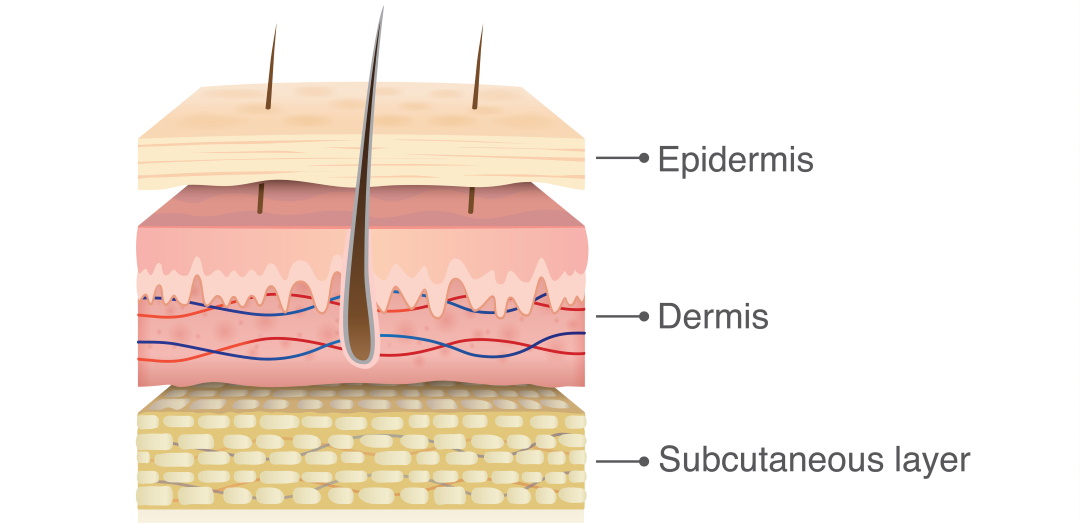
Fractional laser treatment targets both the epidermis and the dermis by delivering a laser that is divided into several thousand columns. These areas of treatment are referred to as microdermal treatment zones (MTZs). For every MTZ, there is a portion of skin – or fraction – that is left untreated, which ultimately helps the treated portion recover faster.
The analogy our founding physician Dr. Krysinski often uses is that fractional laser treatment is akin to a lawn aerator punching holes in the grass to encourage new, healthy growth. In this case, the lawn is your skin.
What Types of Fractional Laser Treatment Are Available?
At Cosmetic Laser Centers, we offer two fractional laser treatments. Each has a specific list of skin conditions that they’re designed to treat.
The first laser device is the Fraxel® DUAL. It is a non-ablative fractional laser, meaning it is used for skin resurfacing specific to the epidermis and is intended to stimulate collagen growth. The Fraxel® DUAL is generally used for the following skin concerns:
- Uneven skin tone/pigmentation
- Acne scars
- Surgical scars
- Sun damage
- Lines and wrinkles
- Stretch marks
The second laser device we offer is the Fraxel® re:pair (also known as Fraxel Repair). This is an ablative fractional laser, otherwise known as a wounding laser. Since this is a more aggressive form of laser that will remove a thin layer of the epidermis, there’s going to be some additional discomfort and post-treatment care required.
Most patients needing this form of fractional laser treatment only require a single session, and it is used on skin that has
- Severe sun damage
- Considerable amounts of age spots
- Finer lines or wrinkles
Both the Fraxel® DUAL and Fraxel® re:pair have proven to be successful forms of treatment. Your doctor will determine which fractional laser treatment is best for your skin during your consultation.
Fraxel® DUAL Before and Afters
Fraxel Re:pair Before and Afters
What Can I Expect If I Decide to Move Forward with Fractional Laser Treatment?
Fractional laser treatment breaks down into four major stages, and some patients may require more than one session in order to see peak results.
Consultation: During this stage, you and your doctor will identify your areas of concern. Based on this, it will be determined which fractional laser treatment is going to be ideal for your specific situation.
There are some scenarios that may disqualify you from receiving this form of treatment such as taking certain medications, having a weak autoimmune system, or being prone to cold sores. Your doctor will review your medical history to ensure you’re an appropriate candidate before proceeding further. You will also be walked through the stages of treatment, common side-effects, estimated sessions, and the recovery timeline and regimen you will follow.
Pre-treatment: There are numerous things your doctor will do in order to prep you for fractional laser treatment. This will differ from patient to patient, but you can expect some or all of the following:
- Adjusting or ceasing certain medications
- Avoiding sun exposure
- Temporarily quitting smoking
- Making travel arrangements to and from the treatment facility
- Pre-treating the skin with bleaching cream and/or chemical peel
All patients must thoroughly wash their face before treatment, and any jewelry or makeup must be removed. In order to minimize discomfort, a local anesthetic cream will be applied to the area being treated.
Treatment: This is going to vary from person to person depending on the area you’re having treated and the type of equipment being used, all of which will have been covered by your doctor during the consultation stage.
While there is going to be some minor discomfort or pain, the local anesthetic cream keeps this at a tolerable level for the duration of the treatment. Treatment sessions can last as little as thirty minutes or as long as two hours.
Post-treatment: The recovery stage is just as important as the treatment itself as this will determine the overall benefits your skin sees. Although fractional laser treatment is non-invasive and doesn’t require bed rest, most patients choose to take it easy for several days post-treatment so they can focus on healing.
After the treatment, you will experience skin that is raw, swollen, or itchy. This is going to be more severe in the cases where an ablative laser was used versus a non-ablative laser. During recovery, you will be advised to avoid applying cosmetics, sunscreen, or anything that might irritate the skin. Avoiding direct sunlight is also important to the healing process.
Taking the Next Step
You shouldn’t have to suffer with bad skin. If you have any of the aforementioned conditions and would like to see long-lasting results, the team at Cosmetic Laser Centers is here to help. We’ve been successfully treating wrinkles and damaged skin in the Pittsburgh and Warrendale areas for years.
Call us today at 724-204-6850 to schedule a consultation.
